All products featured are independently chosen by us. However, SoundGuys may receive a commission on orders placed through its retail links. See our ethics statement.
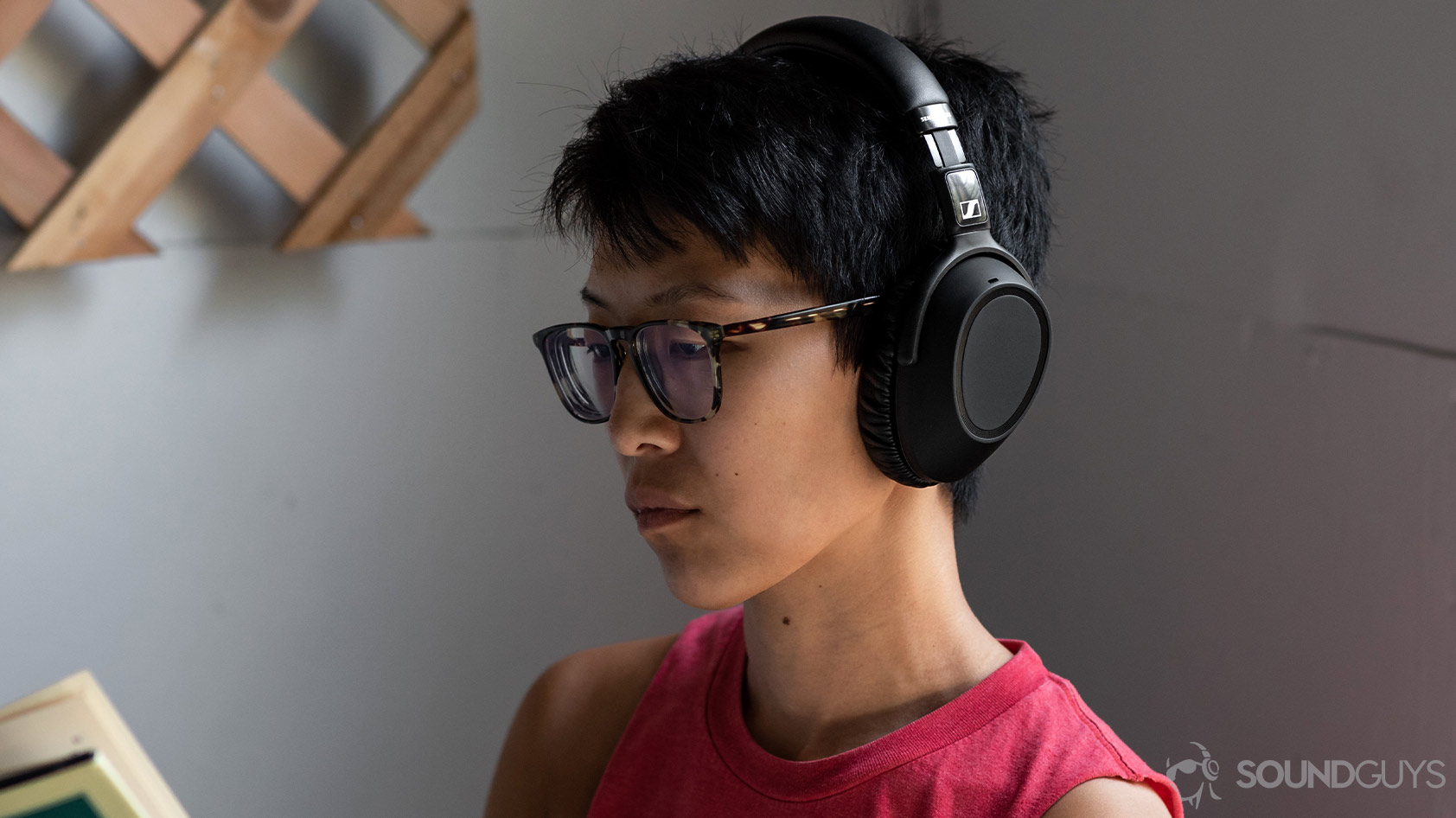
Sennheiser PXC 550-II review
September 18, 2023
Sennheiser PXC 550-II
Sennheiser usually pays little mind to gimmicks and marketing ploys and instead puts all of its efforts toward functionality and sound quality. The company takes that same approach to the Sennheiser PXC 550-II noise canceling headphones, a long-awaited upgrade to the first-generation model. Active noise canceling (ANC) performance keeps up with best-in-class alternatives from Sony and Bose, but for a reasonable price under $200 USD.
Sure, this isn’t the slickest set of headphones and doesn’t have cool software tricks, but that’s the charm of the PXC 550-II: simplicity and performance come first. We spent a week with the now-discontinued PXC 550-II to see if it’s worth picking up at a discount.
Editor’s note: this Sennheiser PXC 550-II review was updated on September 18, 2023, to address frequently asked questions. The PXC 550-II is discontinued.
Unless you find the headphones at a retailer with old stock, you’re not going to be buying the Sennheiser PXC 550-II, as the headphones have been discontinued. However, you may find it online
Commuters and air travelers will appreciate the compact nature of the PXC 550-II and the good active noise canceling (ANC) performance. Remote workers should consider this high-value headset, again, for its ANC performance that blocks out noisy neighbors. The battery life can get you through multiple workdays before requiring a recharge.
What’s it like to use the Sennheiser PXC 550-II?
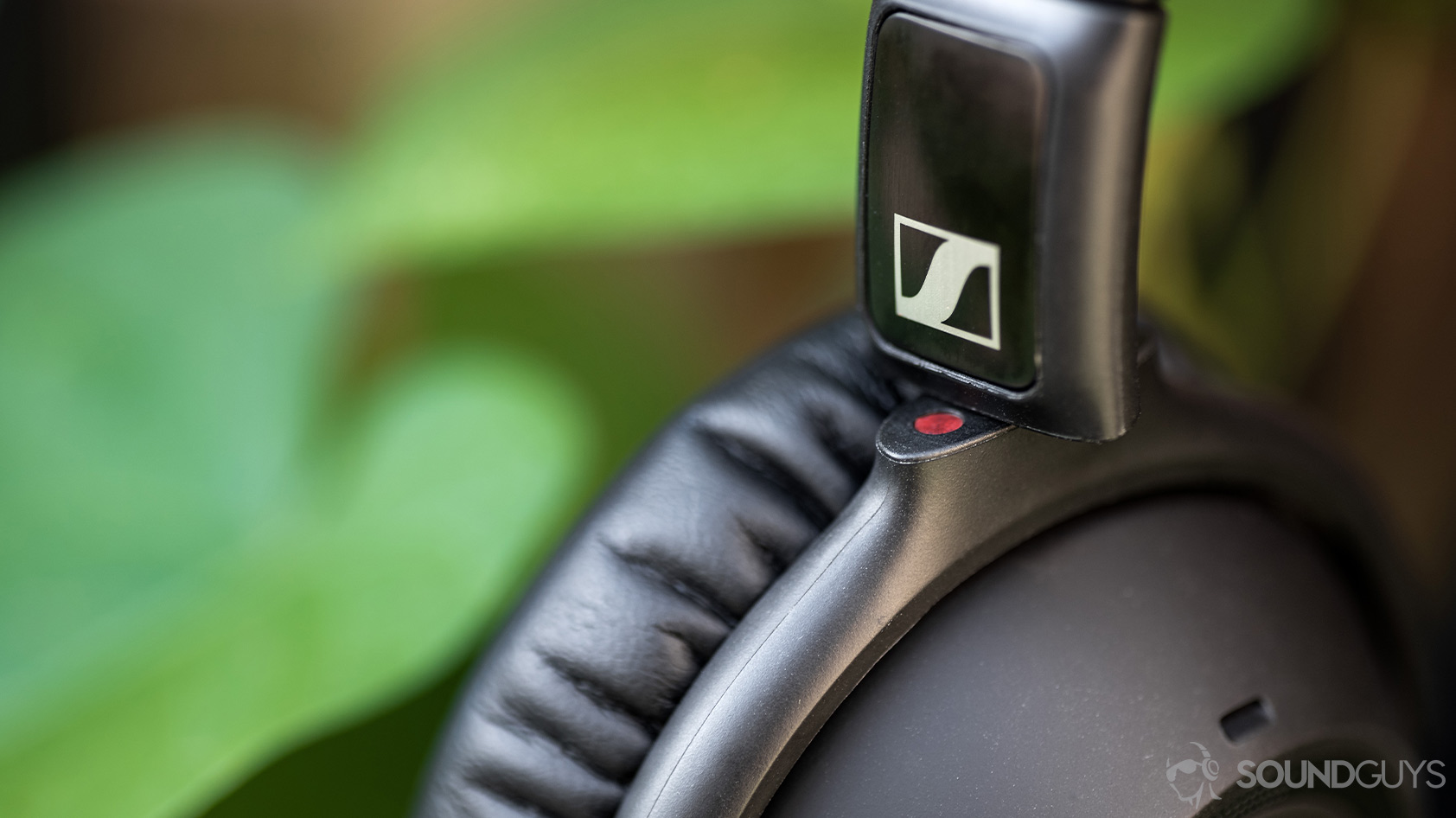
The Sennheiser PXC 550-II is easy to use, and places performance and functionality above design. All-plastic ear cups don’t appear premium, nor do the tenuous yokes, but they all serve a purpose: to minimize the headset’s weight, which is imperative for day-long listening. If you’re concerned about durability, just reach for the included case. It’s not quite a hardshell design, but the reinforced exterior will protect your headphones from minor bumps in a bag.
The headband strikes a good balance of thin and comfortable, making the second-generation Sennheiser PXC 550 a great pair of headphones to wear with glasses. Though, I experience some discomfort at the crown of my head after two hours of wear. A metal reinforcement protects the headband from snapping. Synthetic leather covers the headband and is the same material used to wrap the memory foam ear pads, which are comfortable but heat up in warm conditions. You may remove the ear pads for easy cleaning and replacement, though the triangular shape means you have to buy a replacement from Sennheiser, rather than picking a cheaper third-party option.
How do you control the PXC 550-II?
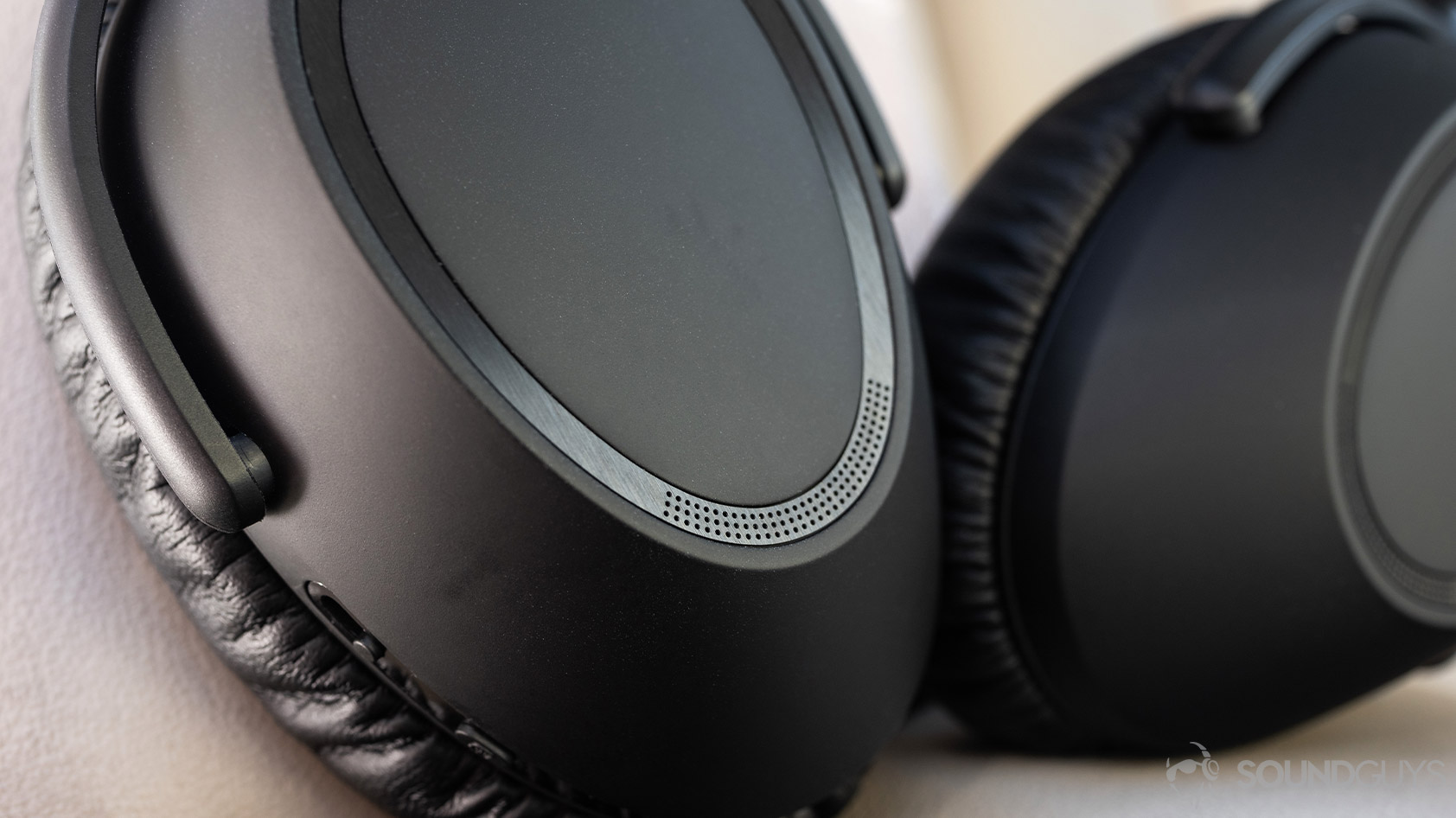
Sennheiser uses a combination of button and touchpad controls with the Sennheiser PXC 550-II, all located on the right ear cup. To pair the Bluetooth headset, press and hold the voice assistant button, until a voice prompts you that it’s ready to connect.
Here’s a cheat sheet for gesture controls during media playback:
- Rotate the right ear cup to turn the headset on and off.
- Press and hold the voice assistant button for four seconds to initiate pairing mode.
- Tap the touchpad once to play/pause media.
- Swipe horizontally and hold to fast forward and rewind playback.
- Swipe horizontally to skip or go to the previous track.
- Swipe vertically to increase and decrease the volume.
- Slide the ANC slider up one or two clicks to adjust noise canceling intensity.
Here is a list of gesture controls for calls:
- Tap once to accept or end a call.
- Tap and hold to reject an incoming call.
- Double-tap to place a call on hold.
- Swipe horizontally to mute or unmute the microphone.
- Swipe vertically to adjust the volume.
Should you get the Sennheiser Smart Control app?
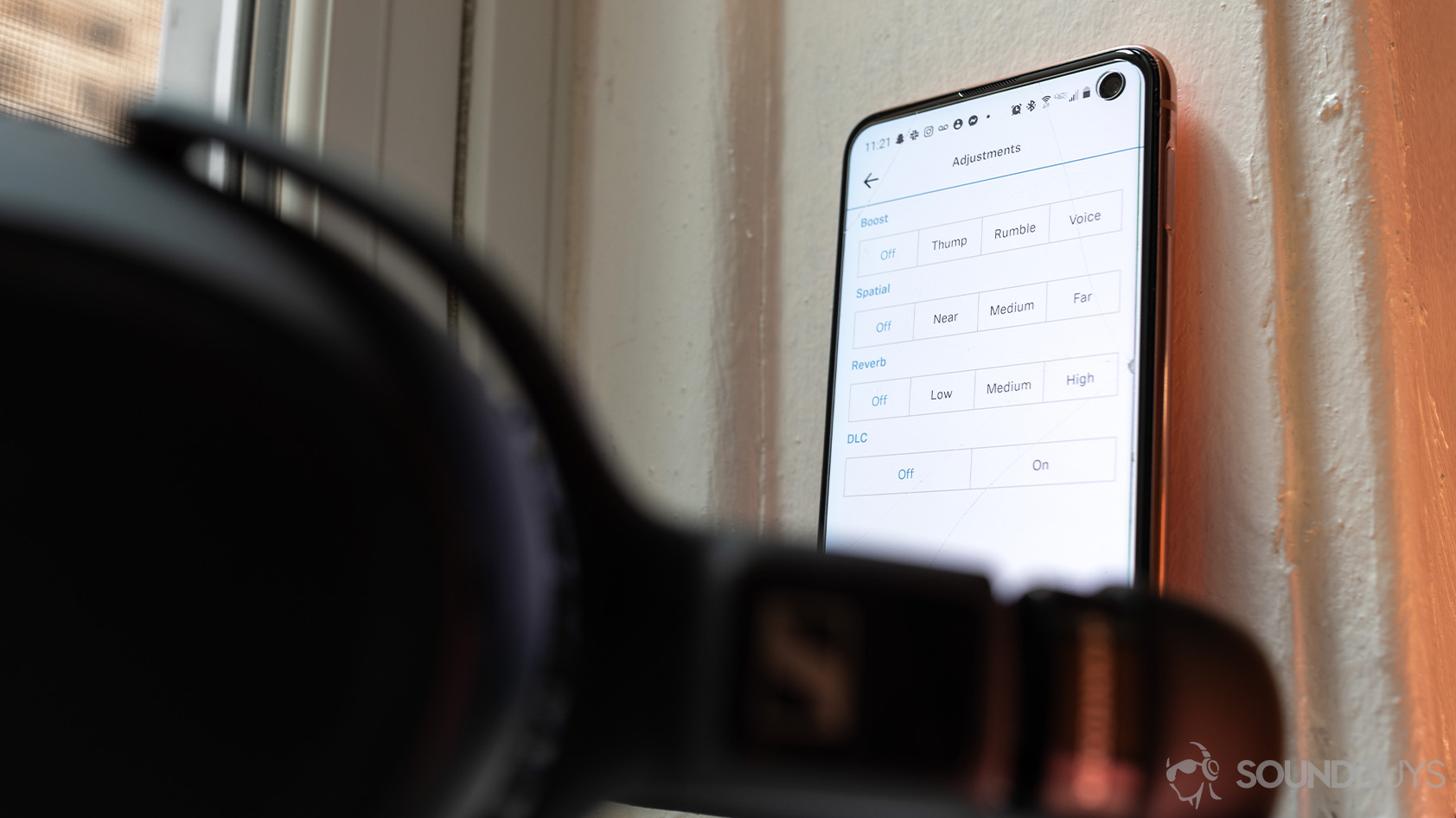
If you want access to firmware updates, the Sennheiser Smart Control app is worth downloading, so long as you’re comfortable giving the app access to your location. Yes, that’s correct, you cannot use the app unless you grant location permissions, at least when the app is in use. While this seems alarming, it’s a requirement for all headphone companion apps to locate your headset. Aside from firmware updates, the app allows you to choose adaptive ANC or adaptive, anti-wind ANC for the first noise canceling level.
You may also select from four EQ presets (Neutral, Club, Movie, Speech), or create your own EQ setting. The EQ adjustments are very limited though: you only get three choices for each adjustment under vague options like Boost, Spatial, Reverb, and DLC. The app doesn’t specify, but DLC stands for Dynamic Loudness Control. It controls for erratic volume increases and decreases to level the net output of your audio. You may want to consider another app to adjust your EQ on your phone if you find the offerings in the Sennheiser app too limited.
You may toggle effects like smart pause and call enhancement in the settings option. The former automatically pauses and resumes playback when the headset is removed and worn. To me, the most important feature in the app was disabling Alexa for my preferred assistant: Google. The app requires Android 7.0 and later, or iOS 11.0 and later.
How does the Sennheiser PXC-550-II connect?
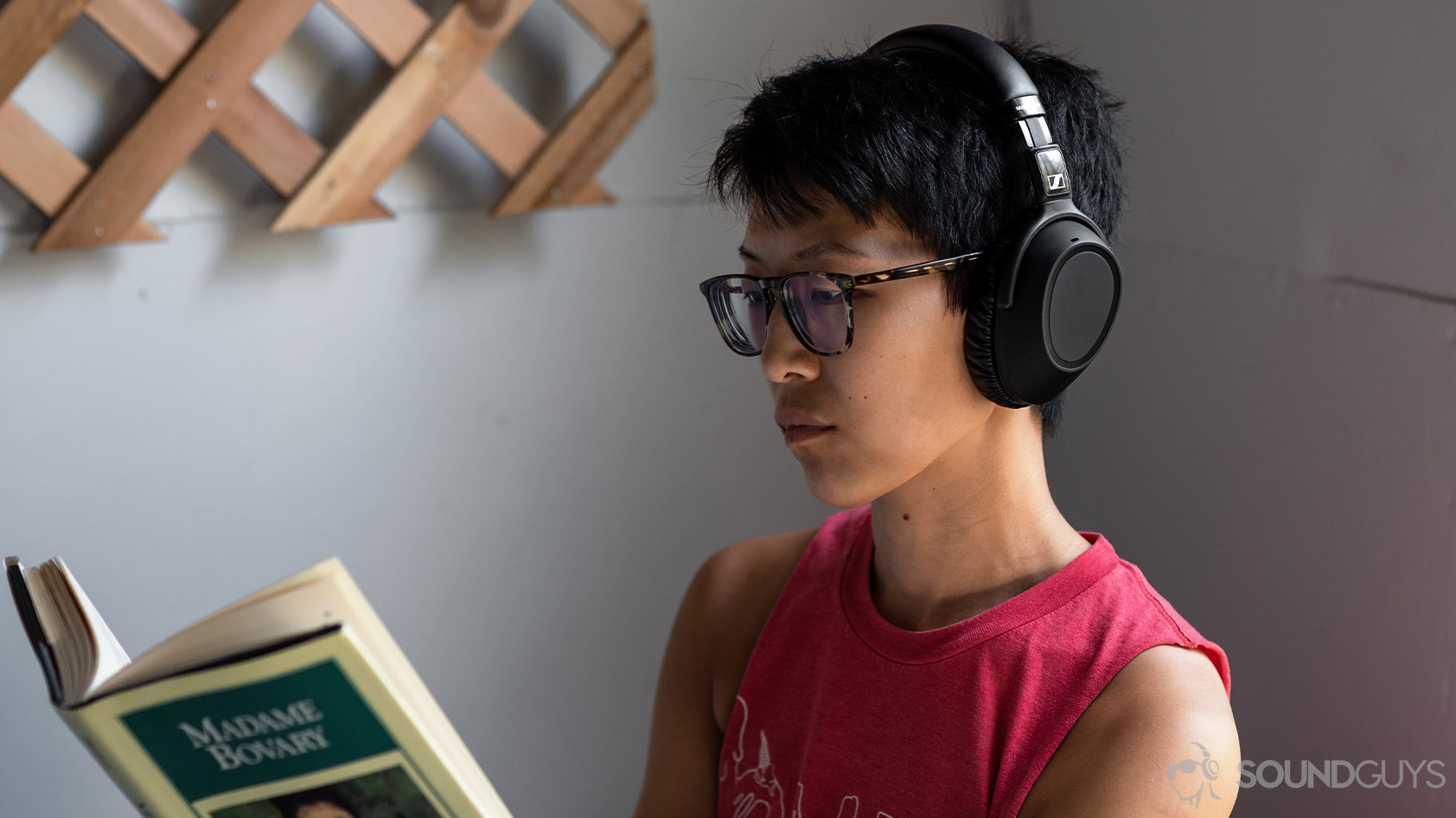
The PXC 550-II supports more high-quality Bluetooth codecs than its predecessor, and features SBC, aptX, aptX Low Latency, and AAC. AAC support is new to this headset line and benefits iPhone users because it cuts down on audio-visual lag when streaming video. AptX Low Latency is great for Android users who play many mobile games and want to hear sound in real-time; it also benefits video streamers.
You can always resort to wired listening if you don’t want to deal with a ladle of Bluetooth codec alphabet soup. Sennheiser provides a 2.5mm cable that terminates in a standard 3.5mm headphone jack for lossless audio playback. While the 2.5mm input may seem odd, it saves space internally, allowing more room for components and multiple microphones.
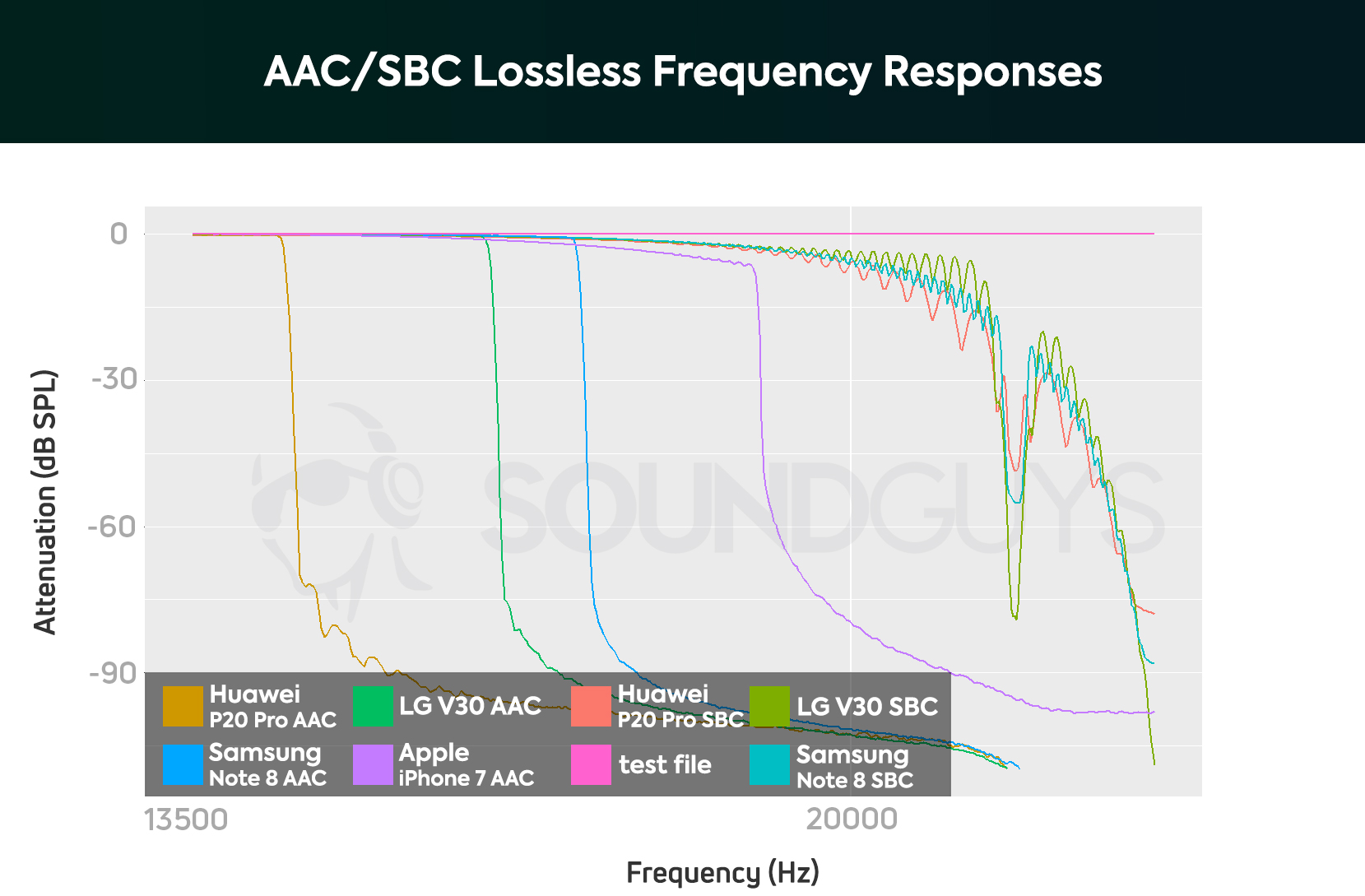
Bluetooth 5.0 is available with the Sennheiser PXC 550-II, and the greatest benefits of this firmware are efficient power consumption and greater transmission speeds. Bluetooth 5.0 boasts speeds of 2Mbps, double that of Bluetooth 4.2. Connection strength is reliable, and the Sennheiser PXC 550-II retains Bluetooth multipoint support. You may connect to two devices simultaneously; the headset will recall up to eight connections for easy re-connecting.
The only connection issues I experience occur when the headphones are connected to my Microsoft Surface Book and Samsung Galaxy S10e simultaneously: when listening to music from my laptop, an incoming notification from my phone sends playback into a brief tizzy before stabilizing. This doesn’t happen with every notification, though.
How long does the battery last on the PXC 550-II?
The Sennheiser PXC 550-II battery is rated to last 20 hours on a single charge with ANC on while streaming over Bluetooth. We subjected the headset to a constant 75dB(SPL) output with noise canceling on the highest setting, and recorded 21 hours, 58 minutes of playtime. If you listen with the ANC on in wired mode, you get 30 hours of playtime. It takes three hours to recharge the headset from 0-100% via microUSB, and it supports fast charging: 10 minutes yields 90 minutes of playtime.
Does the Sennheiser PXC 550-II have good noise canceling?
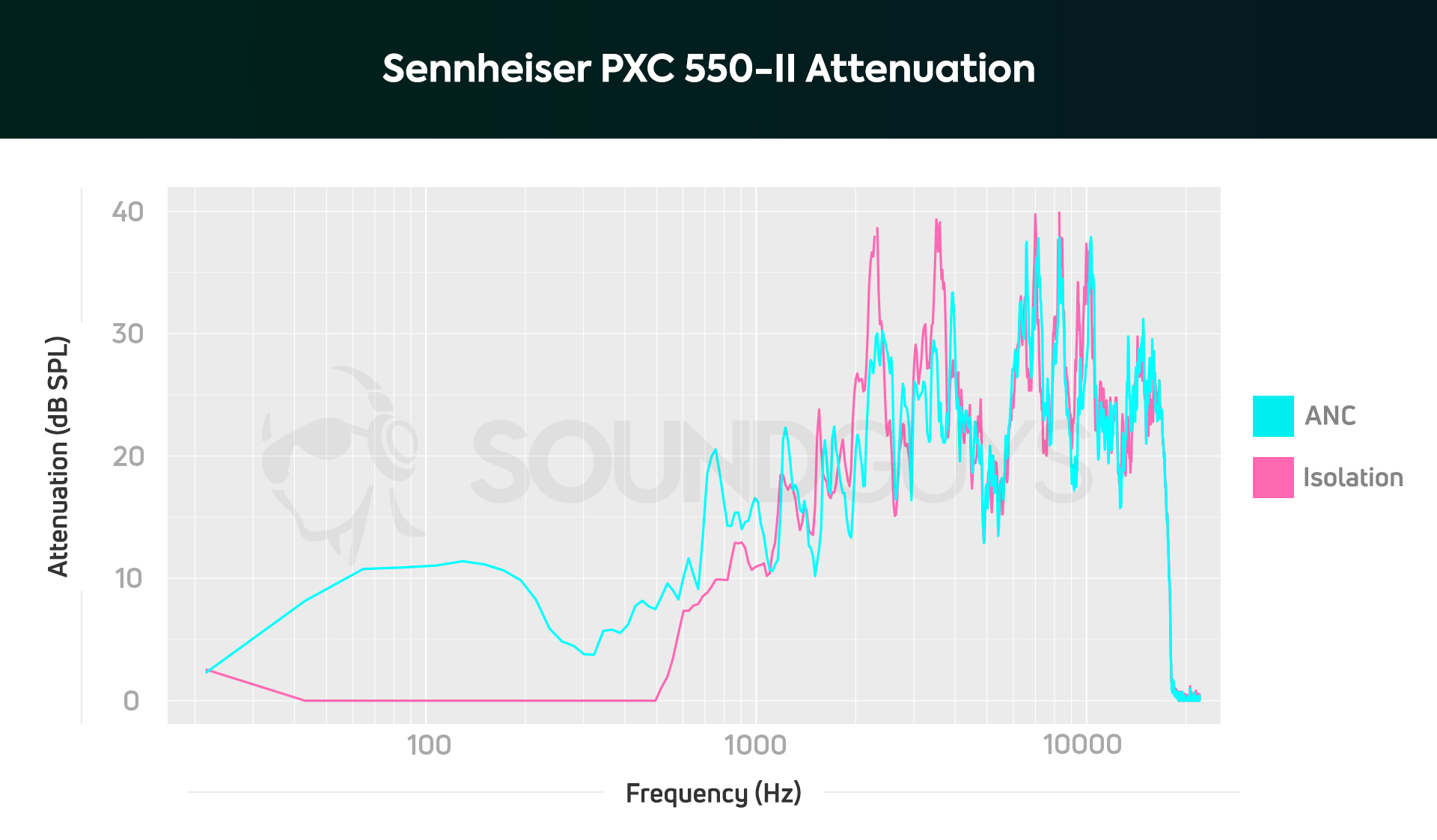
The Sennheiser PXC 550-II is one of the best noise canceling headphones under $200. Low-frequency sounds sound half as loud with ANC on the highest setting. Sure, I can hear construction as my apartment doors get installed, but the ANC hushes the handyman’s drill so I can concentrate on typing this review.
Upper-midrange frequencies are attenuated by the headset’s passive isolation, and will quiet noises by roughly one-eighth as loud as they’d sound without anything covering your ears. The better your headset isolates, the less work an ANC unit needs to do.
To achieve optimal noise canceling reflected in the graph above, you must achieve a proper fit with the headphones. This means the ear cups need to fully encircle your ears without any gaps behind the ears where the lobes meet the jawbone. Passive isolation is the foundation of any great noise canceling headset, and Sennheiser understands this—hence the spacious, ergonomically shaped ear cups.
How does the Sennheiser PXC 550-II sound?
Hold up! Something’s different:
This article’s frequency response and isolation charts were measured with our old testing system. We have since purchased a Bruel & Kjaer 5128 test fixture (and the appropriate support equipment) to update our testing and data collection. It will take a while to update our backlog of old test results, but we will update this review (and many others!) once we’re able with improved sound quality measurements, isolation performance plots, and standardized microphone demos. These will be made obvious with our new chart aesthetic (black background instead of white). Each new mic sample begins with the phrase, “This is a SoundGuys standardized microphone demonstration …”
Thank you for bearing with us, and we hope to see you again once we’ve sorted everything out.
Each ear cup protects an angled, 32mm dynamic driver, which may seem small but these drivers are powerful. Low and midrange frequencies are well reproduced, something we don’t often see from such reasonably priced headphones. This means kick drums, vocals, and salient instruments like guitars are all reproduced with good output.
Listeners accustomed to headsets from Beats or Jabra may find the bass response underwhelming, and that makes sense: we’re conditioned to perceive egregious low-end amplification as normal. However, the truth is those consumer brands unnaturally amplify bass notes in the name of a workout-friendly sound signature or more engaging sound.
The song Marceline by WILLOW sounds excellent through the Sennheiser PXC 550-II, because vocals come through clearly even when percussive elements ring out. The song opens with individual bass guitar plucks, before WILLOW’s vocals enter alongside a percussive beat. Plucks from the bass guitar remain present throughout the song and remain audible, even as cymbal hits accent the occasional kick drum.
WILLOW vocalizes a series of “Ohs” overlaid atop the latter third of the song. These utterances are hard to hear through headsets that amplify bass notes but are clear with the PXC 550-II without exaggeration. If you temporarily want to alter the response, open the Sennheiser app and choose from any presets.
Is the Sennheiser PXC 550-II good for phone calls?
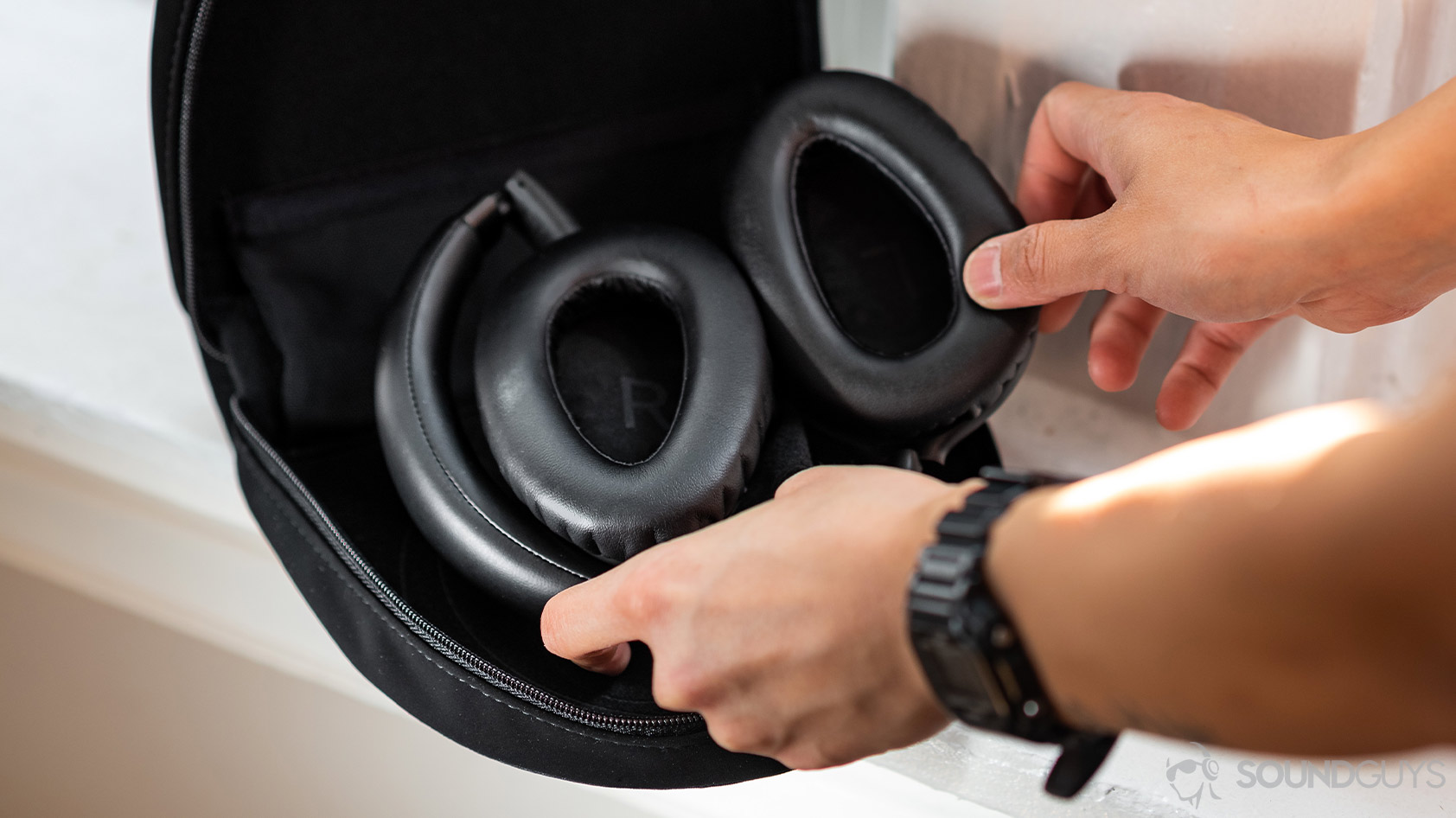
The PXC 550-II microphone system is pretty decent. Sennheiser opted for a triple-microphone array in tandem with noise canceling technology to reduce background noise while transmitting clear audio.
I recorded the first half of the demo below with a tower fan off, and when I powered it on halfway through the recording; there’s almost no difference. You can hear me clicking buttons to turn the fan on—unsurprising, given that ANC tends to work best on droning noises and not quick, sharp bursts.
Sennheiser PXC 550-II microphone demo (Non-standardized):
How does the microphone sample sound to you?
Should you buy the Sennheiser PXC 550-II?
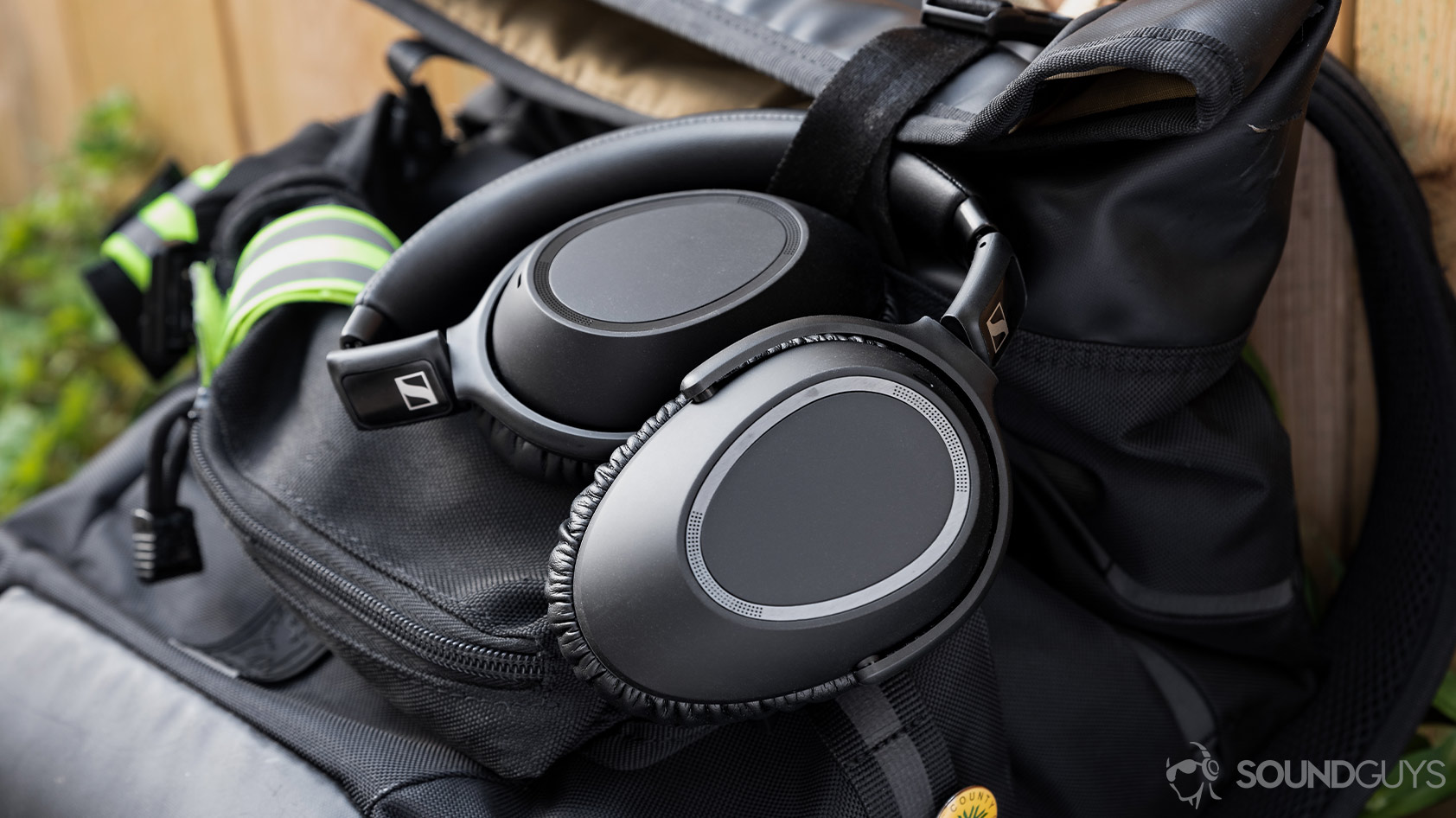
Yes, you should get the Sennheiser PXC 550-II because it’s a great value and remains one of Sennheiser’s best headphones even though its discontinuation makes it hard to find. Many of us are stuck at home, and constantly subject to noisy neighbors and roommates, and these headphones make it easy to block it all out. The low-frequency noise canceling performance is impressive, and the sound quality makes any genre of music sound good—or at least how it was intended to sound.
The headset has its drawbacks too: the most glaring oversight is the microUSB input. However, it’s a small price to pay for one of the best headsets under $200. Listeners who prefer a more highfalutin look should turn their attention to the handsome Sennheiser MOMENTUM Wireless 4 or the more modern Bose Noise Canceling Headphones 700 and Sony WH-1000XM5.

Pricing varies with the Sennheiser PXC 550-II, but the headphones can now be had at a steal and cost less than $200 USD from third-party vendors.
Editor’s note: this Sennheiser PXC 550-II review was written using firmware version 1.5.21. It is also the first headset scored with the new ANC criteria, making its scores incompatible with older headsets until new tests are performed.
Sennhesier PXC 550-II vs Sony WH-1000XM4: Should you splurge on Sony?
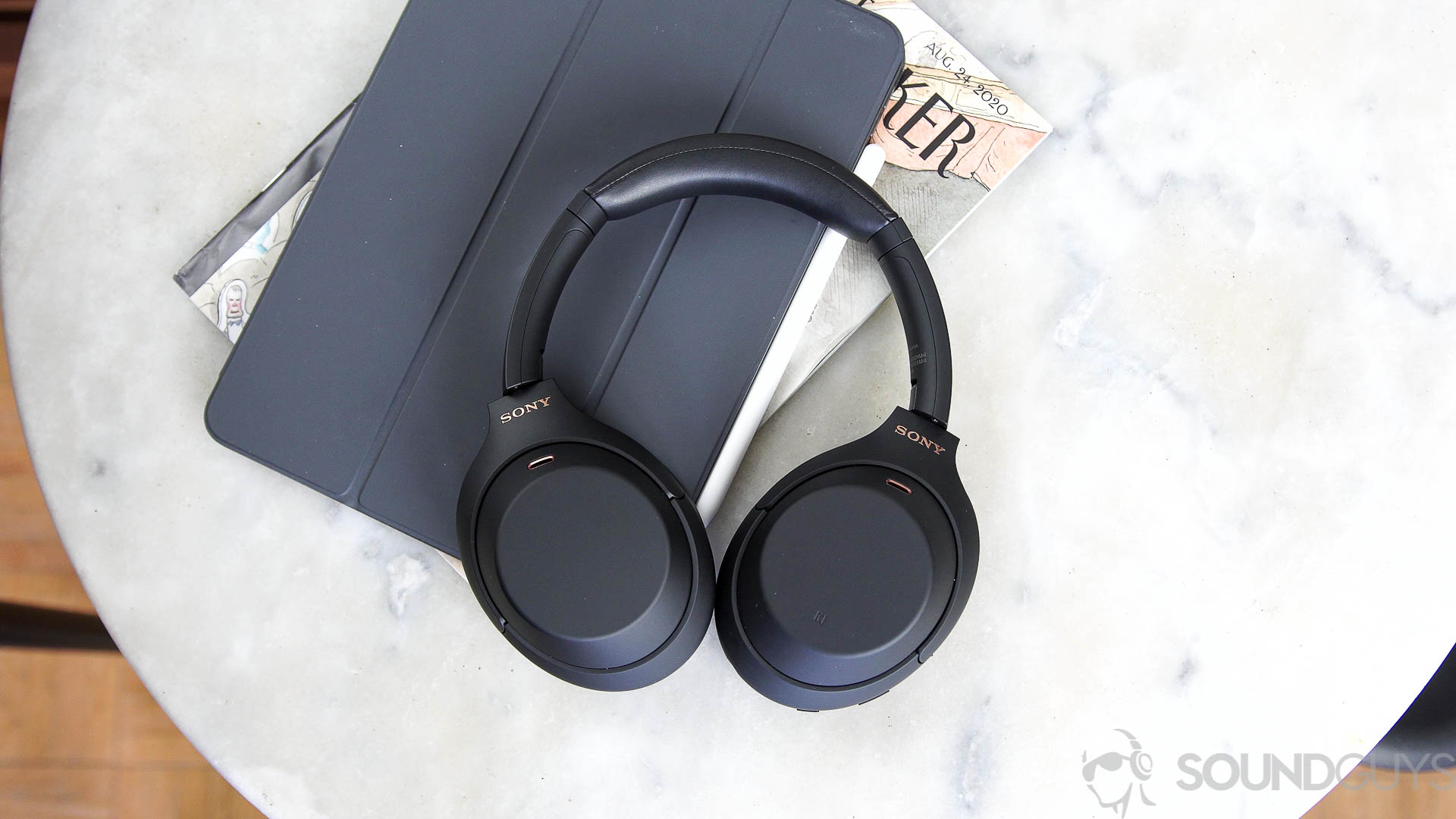
The Sony WH-1000XM4 is regarded as one of the best noise canceling headphones on the market. Compared to the PXC 550-II, the WH-1000XM4 offers better active noise canceling performance, USB-C connectivity, and quick charging for last-minute battery top-ups. Deep integration with the Sony Headphones Connect app allows for complete customization of the WH-1000XM4, including EQ controls, Sony 360 Reality Audio, touch sensor remapping, and location-based ANC controls.
However, some aspects of the PXC 550-II make it a better value than the WH-1000XM4. For starters, the PXC 550-II supports a wider variety of Bluetooth codecs. In addition, the PXC 550-II sports a better microphone than the WH-1000XM4—which is perfect for when a bedroom doubles as a classroom, and a dining room acts as a home office. The best part? The PXC 550-II costs anywhere from $100-$200 less than the WH-1000XM4! With that said, set the PXC 550-II against the Sony WH-1000XM5 and the generational divide clearly shows the newer, Sony offering is better, although, you’ll have to forgo aptX codec.
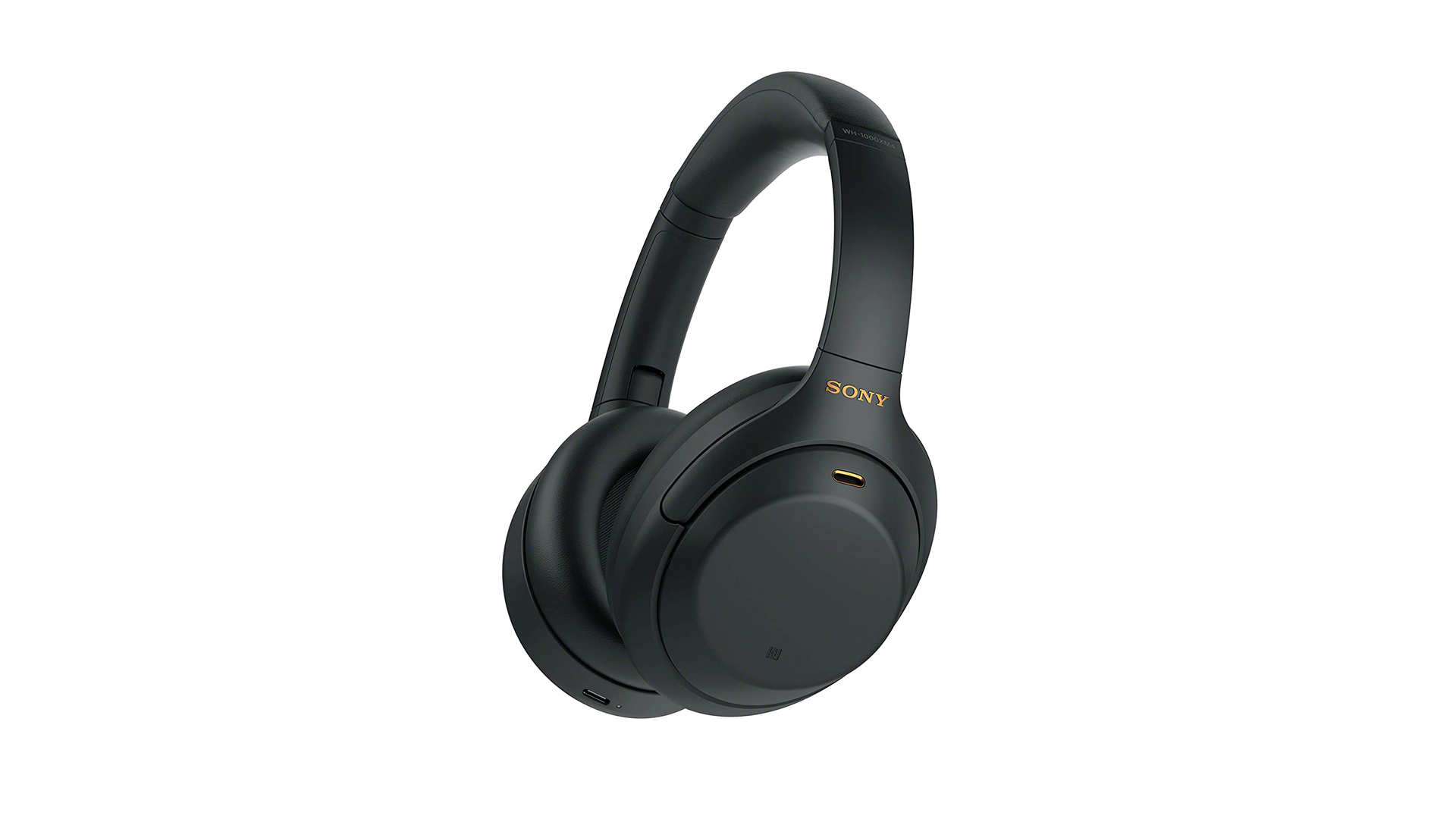
How does the Sennheiser PXC 550-II compare to the Bose QuietComfort 45?
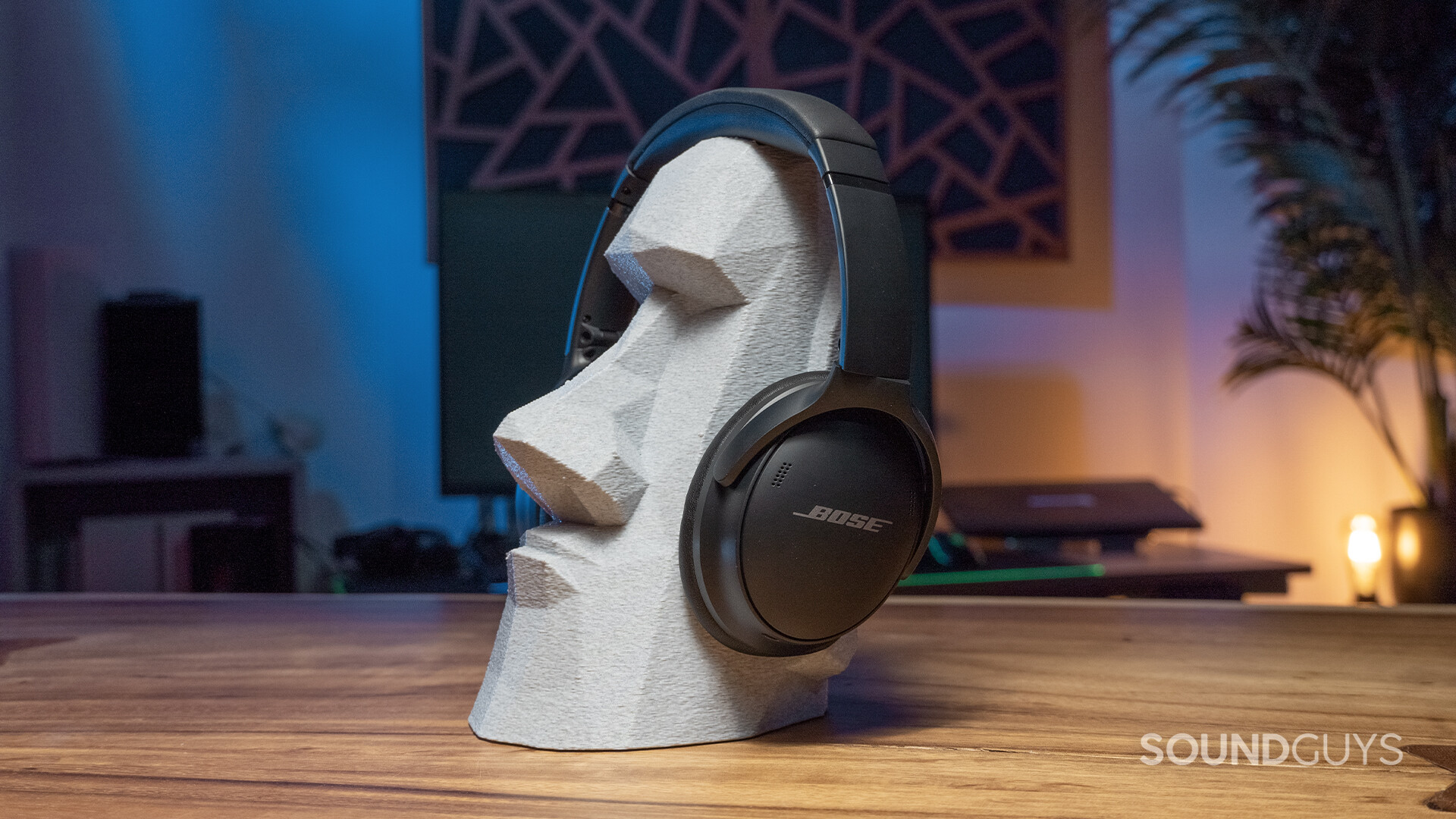
When you put the Sennheiser PXC 550-II against the Bose QuietComfort 45, it’s clear that the QC 45 has the better ANC. Unless your only desire is to block out the world around you though, you may still want the cheaper Sennheiser PXC 550-II. Sennheiser’s headset has a much more pleasant frequency response compared to Bose. The QC 45 boosts treble notes too much, making poorly mixed and generally treble-heavy tracks pretty painful to hear, although a recent update in the Bose Music app means you can EQ that. Moreover, the PXC 550-II is lighter than the Bose QC 45 and folds up just the same, making Sennheiser’s headset the better space-saving option.
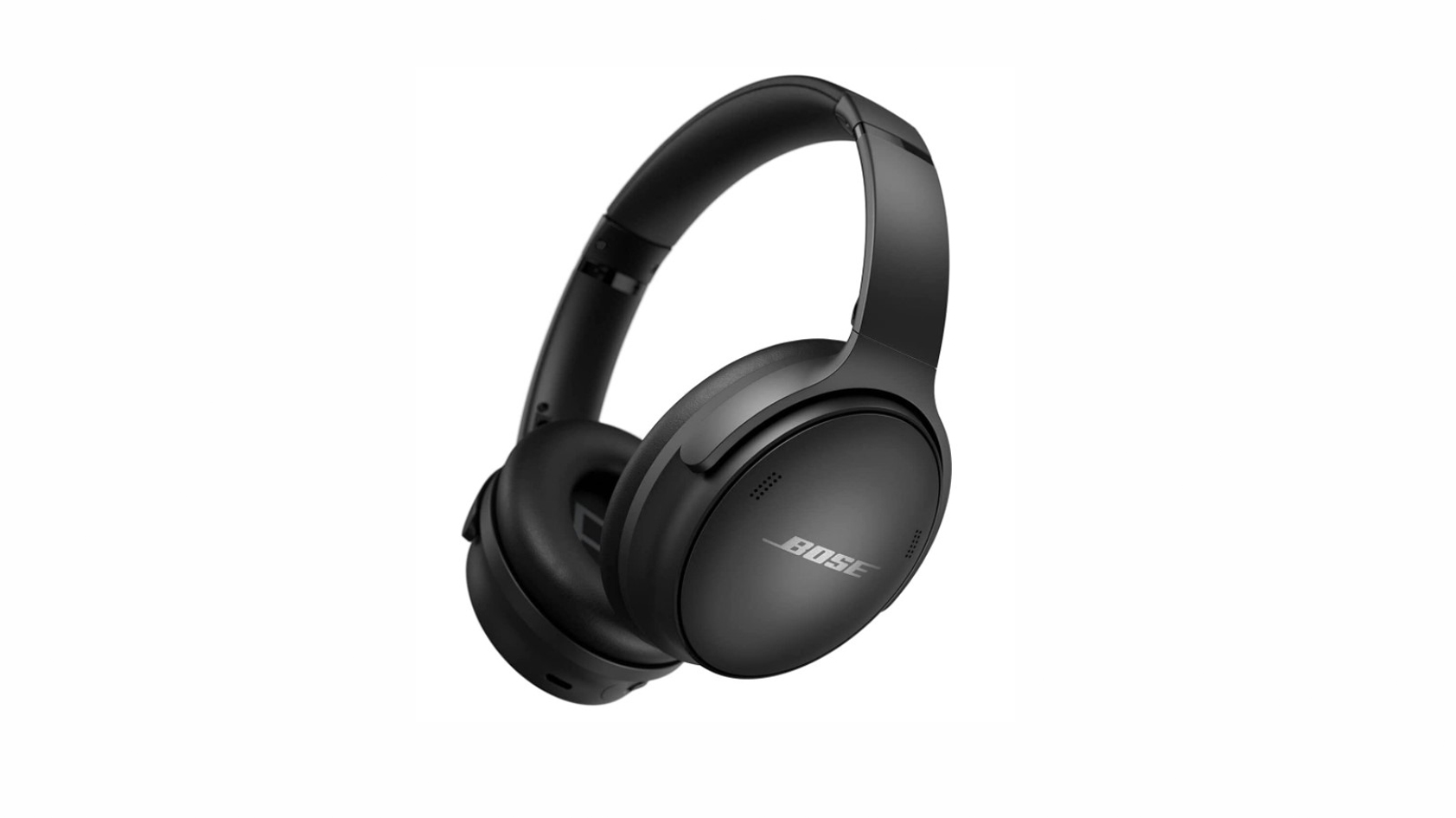
What should you get instead of the Sennheiser PXC 550-II?
The Sennheiser HD 450BT has a lot going for it: it’s compact, portable, sounds great, and costs less than the PXC 550-II. Sure, you don’t get the same noise canceling performance, but that’s to be expected with a more affordable product. If you have smaller ears, you may find the Sennheiser HD 450BT more comfortable than the PXC 550-II, though most of the population will prefer the fit of the PXC 550-II.
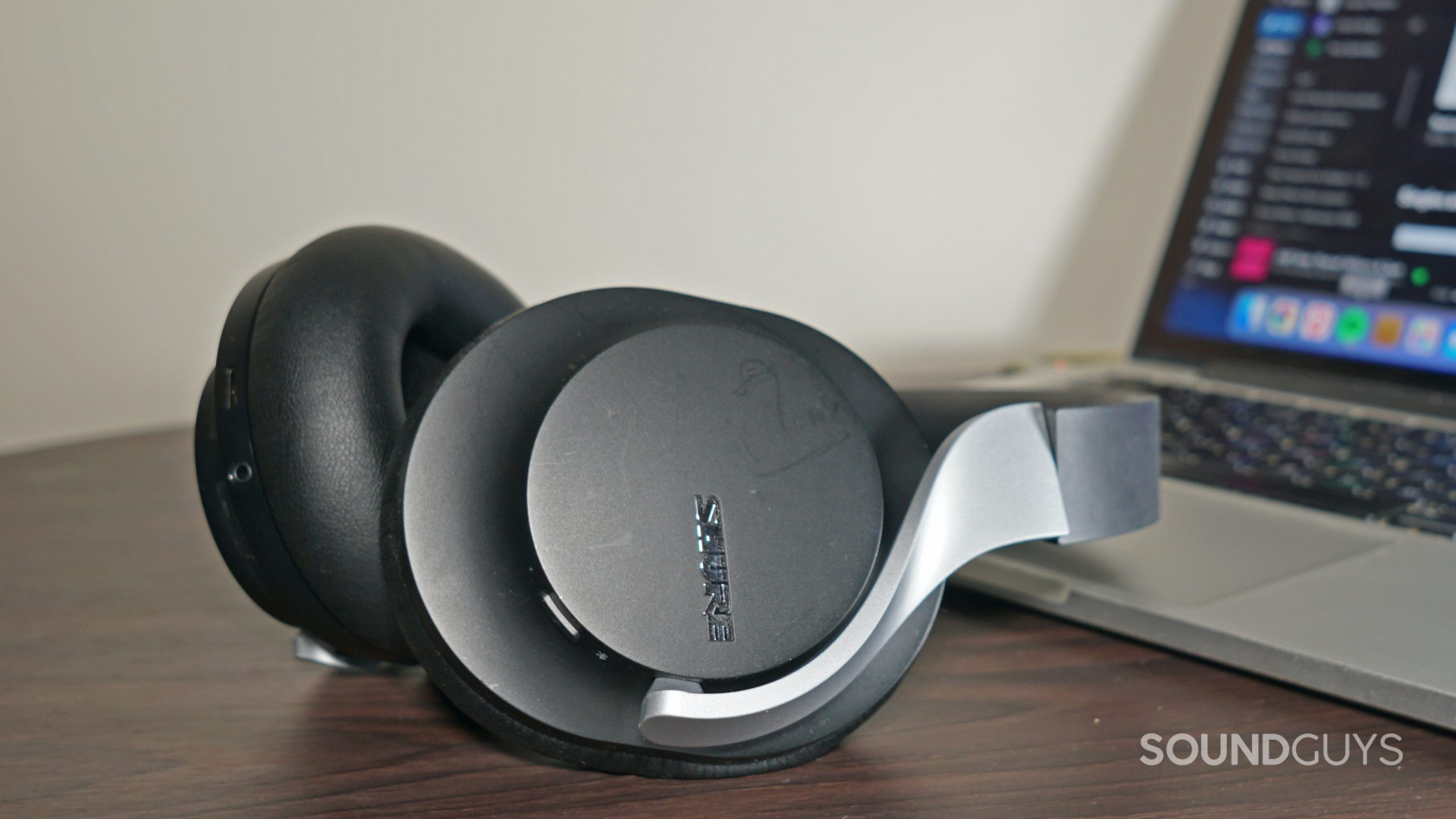
We also recommend the Shure AONIC 40 for listeners who like all the Shure AONIC 50 has to offer but want a more compactable build. This charges via USB-C and supports SBC, AAC, and aptX via Bluetooth 5.0. You get a great in-app experience that lets you tailor the sound to your liking, and the headphones’ plush padding is very comfortable. It’s a bit pricy and the ANC is only okay, but we still like it.
You might want to get the Bose QuietComfort 35 II since this headset has better ANC than the PXC 550 series and fast charging. You can’t create a custom EQ for the Bose QC 35 II in the Bose Connect app, for that you’ll need to get the Bose Noise Canceling Headphones 700 instead. We like the Bose QC 35 II for its travel-friendly design and features, and because it often drops to $200 USD throughout the year. See our QC 35 II vs. PXC 550-II comparison for more details.
What earbuds should you get instead of the Sennheiser PXC 550-II?
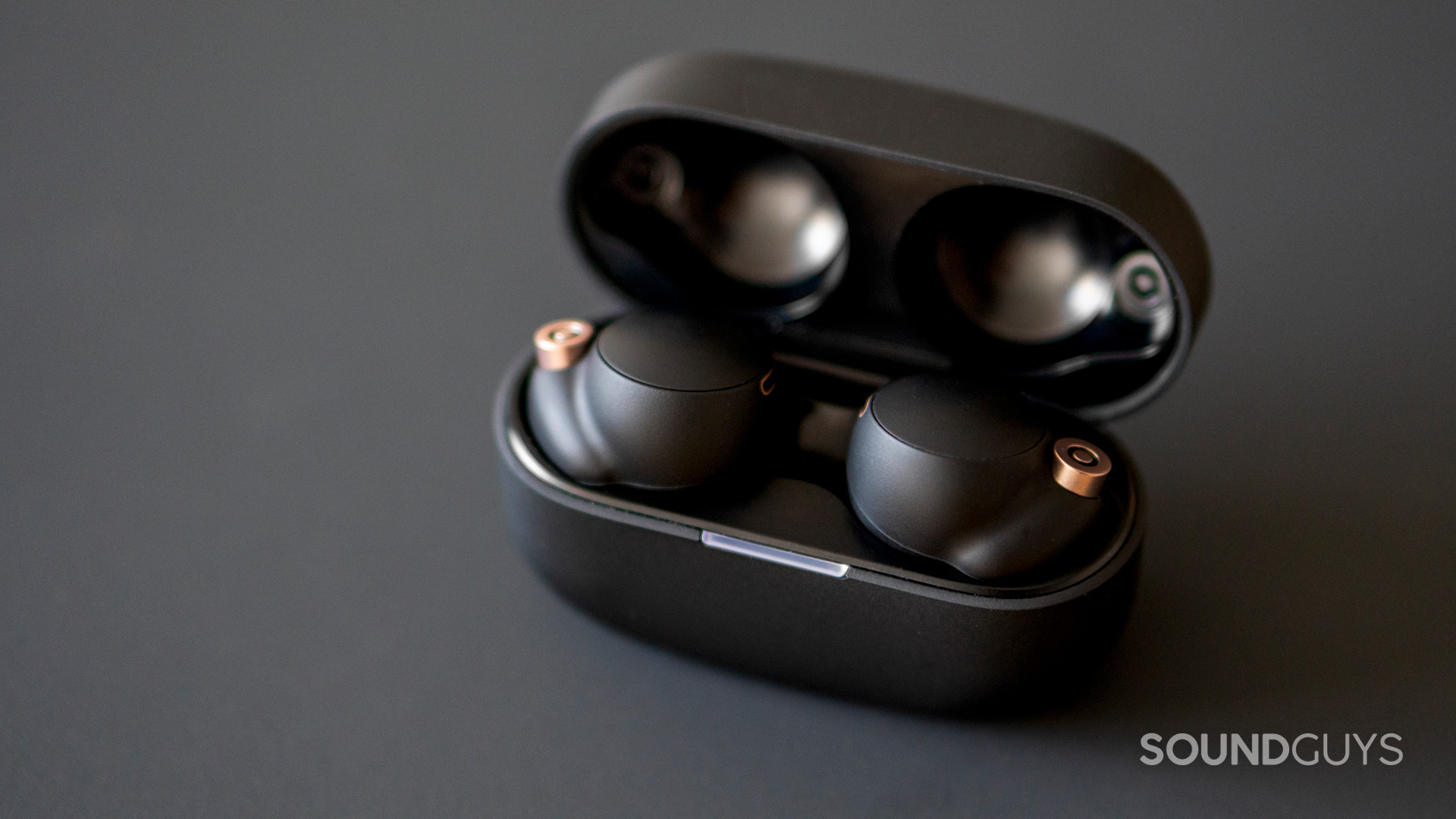
The Sony WF-1000XM4 is a rare standout among noise canceling true wireless earbuds. This headset cancels noise effectively, supports smart assistant access, and has an IPX4 rating. What’s more, if you download the Sony Headphones Connect app, you can EQ the sound, remap the touch controls, and download firmware updates. If you’re willing to shell out the money, this is a great pair of earbuds to get.
If you don’t want to spend that much on a pair of true wireless earbuds with great ANC, get the Sennheiser CX Plus True Wireless. This pair of earbuds has even better noise canceling than the company’s flagship MOMENTUM True Wireless 2.
Frequently asked questions about the Sennheiser PXC 550-II
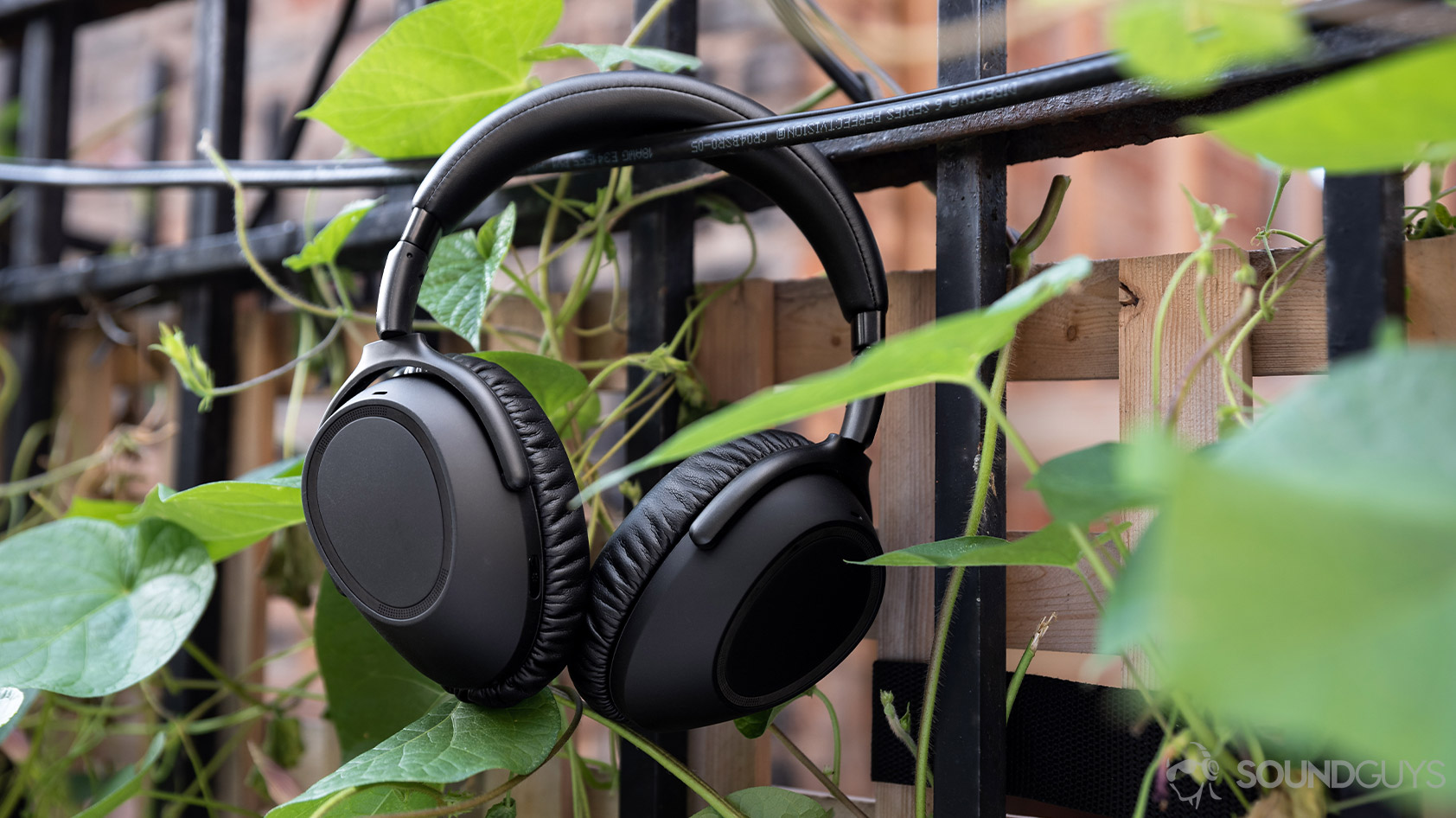
The Sennheiser PXC 550 and Sennheiser PXC 550-II are virtually identical, save for minor aesthetic changes like the black metal trim around each ear cup on the second-generation model. The Sennheiser PXC 550-II has a dedicated voice assistant button, something the original lacked. It used to require a handful of steps to access your virtual assistant, but the dedicated button on the second-generation PXC 550 makes checking the weather and setting timers easy.
Otherwise, the most notable changes are found under the hood like Bluetooth 5.0, and the lack of NFC pairing with the second-generation headset. The Sennheiser PXC 550 supports NFC pairing but uses Bluetooth 4.2. This is fine but isn’t quite as efficient as Bluetooth 5.0.
The Sennheiser PXC 550-II supports almost every Bluetooth codec available, whereas the original PXC 550 only supported SBC and aptX. The latter is great for Android devices, but iOS products require AAC for latency reduction and high-quality audio streaming. Sennheiser included AAC, aptX, aptX Low Latency, and the default SBC codec with its newest PXC 550 headset.
The sound quality of the Sennheiser PXC 550-II is comparable to the Apple AirPods Max, but the AirPods Max has significantly better active noise canceling and transparency modes. Apple device owners can also take advantage of some additional useability features on the AirPods Max, but the headphones cost over twice as much as the Sennheiser PXC 550-II.
It should not take 10 hours to charge the Sennheiser PXC 550-II. We recommend using the cable that your headphones came with, and if you’re still having issues, reach out to Sennheiser Service Support.
Yes, wired audio maintains sound quality better than any current Bluetooth codec.
The Sennheiser MOMENTUM 3 Wireless features a more premium build than the Sennheiser PXC 550-II, but the PXC 550-II has a more tempered bass response that works well for a greater variety of music genres. ANC is more effective with the PXC 550-II, too.
The bulk of your money goes toward fine craftsmanship when you purchase the MOMENTUM 3 Wireless, which is a beautiful headset with a bassier frequency response. Since the MOMENTUM 3 uses metal, it’s less prone to breakage during transport, something you may want to consider if you plan to take your headphones anywhere.
Yes, but only if you use it wired. If you want a great-sounding wireless Sennheiser gaming headset and can afford to splurge, check out the Sennheiser GSP 670.
It’s not bad, per se, it just doesn’t charge nearly as fast as USB-C does. Also, that connector has long since been replaced, so it’ll be tougher to find charging if you forget yours at home.
The Sony WH-1000XM4 is one of the best pairs of noise canceling headphones you can buy. Sony improved the noise canceling performance from its third-generation flagship. Microphone quality is okay and comparable to the one found on the Sennheiser PXC 550-II.
You can use the headphones in wired mode, but you’ll need a cable with a mic in it instead of the onboard mics used when the headphones are in wireless mode.